Select a province & language
Entrance to this website assumes you have read and agree to these Legal Terms and Conditions and the Privacy Policy.
Entrance to this website assumes you have read and agree to these Legal Terms and Conditions and the Privacy Policy.
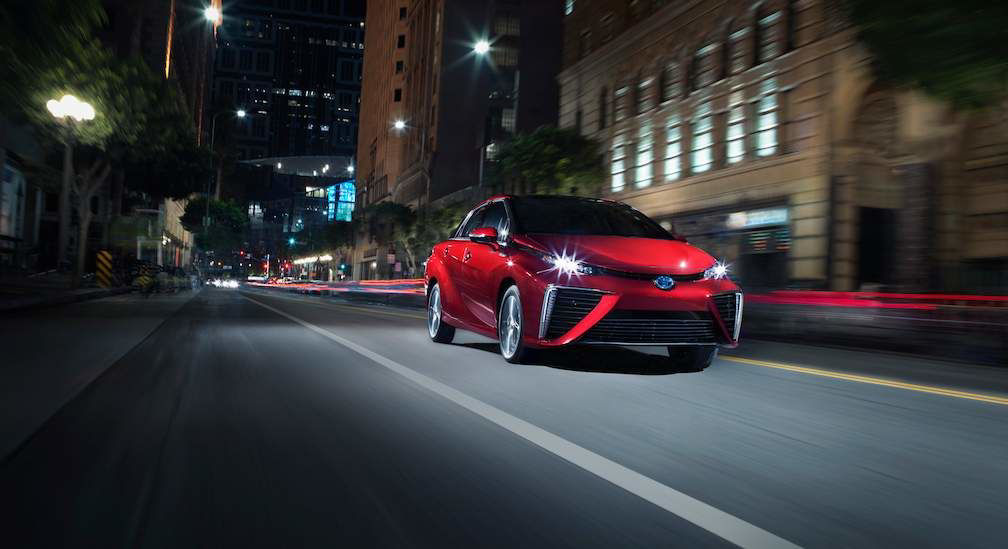
Imagine if we could turn the most abundant element in the universe into an eco-friendly source of energy.
Both infinitely sustainable and incredibly powerful, this energy source could send NASA spacecrafts into orbit, power an entire submarine, and fuel a 670 horsepower, 80,000- pound transport truck for 320 kilometres on a single tank. Best of all, instead of environmentally damaging emissions, the only byproduct would be a mist of harmless water vapour.
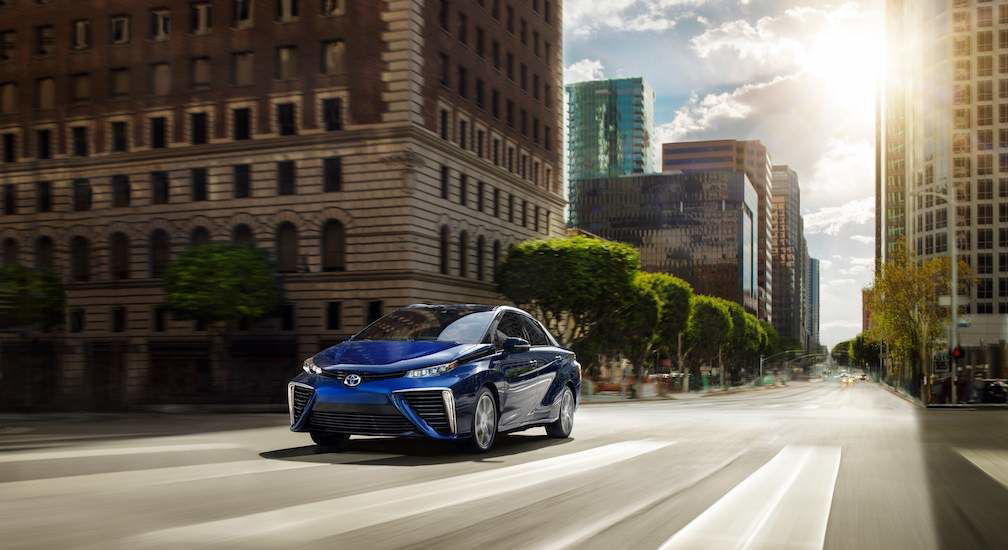
What is a Hydrogen Fuel Cell, exactly?
Unlike batteries, which act as storage devices for electricity, hydrogen fuel cells actually generate their own energy. Hydrogen is pumped into the fuel cell, where it bonds with oxygen from the air.
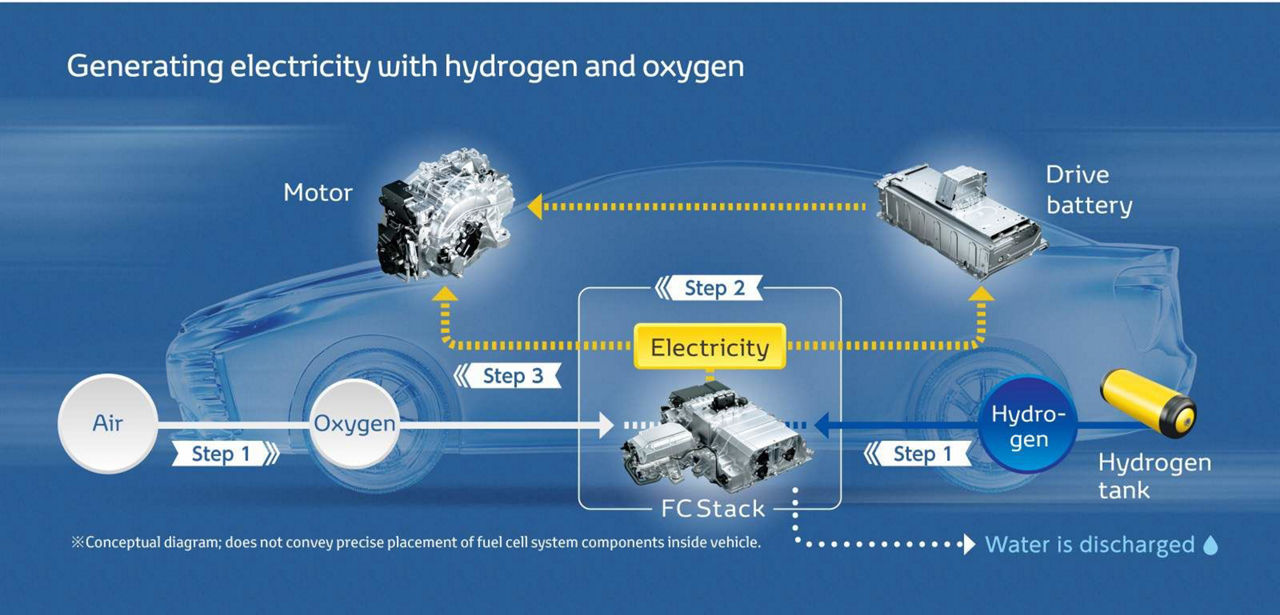
This prompts a chemical reaction that generates electricity which can be used immediately to power the car, or stored for later use. And the water vapour that’s created as a byproduct? It simply exits the car through its tailpipe.
Advocates of hydrogen power see the element as an abundant, sustainable alternative to petroleum. Meanwhile, drivers of hydrogen-fuelled cars appreciate that it provides a similar driving range to conventional gasoline vehicles, performs well in cold weather, and cuts fuelling time to under five minutes (compare this to the 12 hour charging time required for some electric vehicles).
Hydrogen fuel cells are highly eco-friendly once they’re in motion, but producing the raw hydrogen they need to get started still requires a steep energy investment.
Luckily, hydroelectricity and electrolysis provide a renewable solution. In places like Canada hydroelectricity is abundant (often in excess!) and can easily be converted to hydrogen through electrolysis. In fact, converting hydroelectricity to hydrogen through electrolysis might be a whole new industry in these countries
Where hydroelectricity isn’t as readily available, researchers around the world are examining methods to create hydrogen using renewable energy sources including wind and solar with developments in this field progressing rapidly.
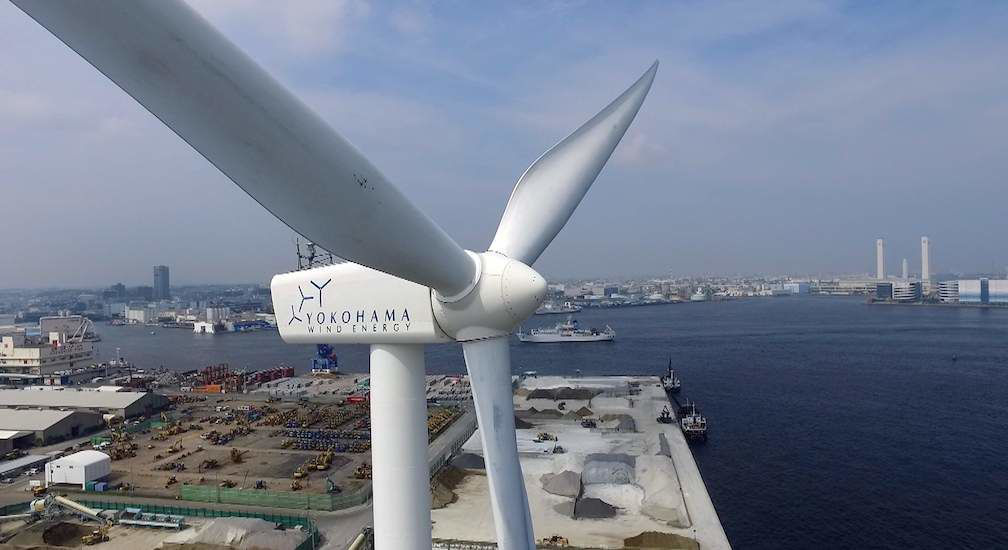
Last summer, Toyota announced it would partner with several Japanese municipal governments to create a hydrogen supply chain powered entirely by solar energy. Electricity generated at the Yokohama City Wind Power Plant will be used to electrolyze water and create low-carbon hydrogen, which would then be transported to a fruit and vegetable market, a factory, and warehouses in the area to power their forklifts. Making this switch is expected to reduce CO2 emissions by over 80 percent when compared to forklifts powered by gasoline or grid electricity.
Toyota has also announced an innovative solution to the raw hydrogen problem—cow manure. In 2020, Toyota will construct Tri-Gen, the world’s first megawatt-scale carbonate fuel cell power generation plant, which will use locally-sourced agricultural waste from dairy cattle manure to produce an immense amount of clean hydrogen power. Tri-Gen will generate approximately 2.35 megawatts of electricity and 1.2 tons of hydrogen per day. It’s enough to power 2,350 homes and meet the daily driving needs of nearly 1,500 vehicles.
As freight traffic accounts for a staggering 7% of global carbon emissions, transitioning the industry to sustainable fuel sources would have a significant impact on our planet’s health. Toyota is currently running a pilot project at one of the United States’ busiest cargo terminals, whose persistent air pollution is generated by a heavy concentration of diesel trucks.
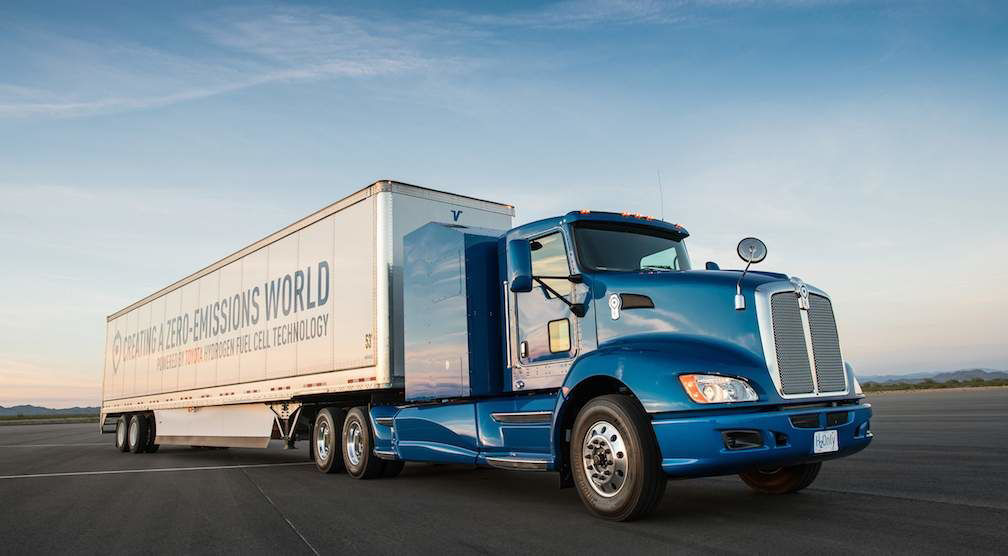
A concept version of a hydrogen fuel cell transport truck (equipped with two Mirai fuel cells) travels 320 kilometres per day, moving goods between depots in Los Angeles and Long Beach.
To further encourage the widespread adoption of hybrid vehicles of all sizes, and to support development of innovative fuel cell technologies around the world, Toyota has released more than 5,600 royalty-free fuel cell patents for general use.
Toyota is committed to helping societies reduce their greenhouse gas emissions. Recognizing their role in protecting the environment, the company plans to reduce CO2 emissions of new vehicles by 90% compared to 2010 levels, and to have all aspects of business fully decarbonised by 2050.
"To start the hydrogen society, we needed to sell an ordinary passenger car. So we developed the Mirai," explained chief engineer Yoshikazu Tanaka to WIRED magazine. The Mirai represents a significant step towards this future. Much like the success of the Prius (over 6 million sold globally), the introduction of the Mirai signalled the potential of hydrogen fuel-cell vehicles to go mainstream—and perhaps soon, for a hydrogen-based transition to a truly sustainable world.